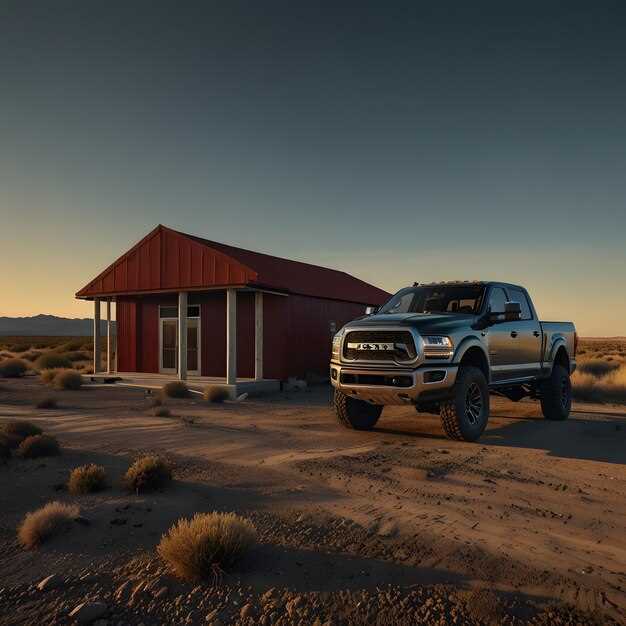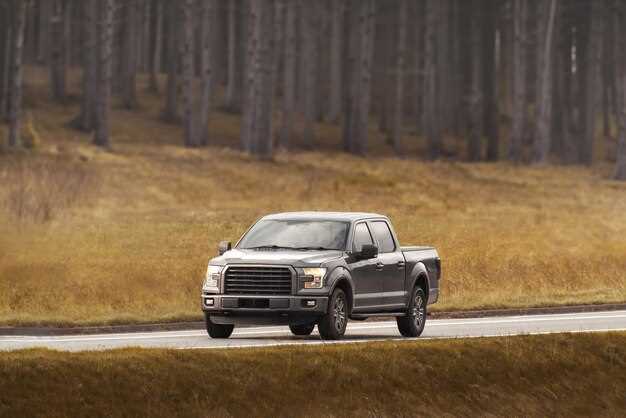
The battle between the Ford F-150 and the Toyota Tundra has long been a focal point for truck enthusiasts and potential buyers. Both vehicles symbolize excellence in the pickup truck segment, offering powerful performance, exceptional durability, and numerous features. However, key differences make each truck uniquely suited to different types of drivers.
On one hand, the Ford F-150 has a well-established reputation for being versatile, efficient, and technologically advanced. With a range of engine options and advanced towing capabilities, it appeals to those seeking a reliable workhorse. Furthermore, Ford’s extensive lineup allows customers to select a configuration that fits their specific needs, whether for work or leisure.
On the other hand, the Toyota Tundra presents itself as a robust choice that emphasizes strength and reliability. Known for its long-lasting build and lower maintenance costs, the Tundra is favored by buyers who prioritize durability and off-road capabilities. Its spacious interior and user-friendly technology also contribute to a comfortable driving experience, further solidifying its appeal.
Ultimately, the choice between the Ford F-150 and the Toyota Tundra will depend on individual preferences and requirements. This comparison will delve into aspects such as performance, interior comfort, safety features, and pricing to help prospective buyers make an informed decision.
Performance Metrics: Engine Power and Fuel Efficiency

The Ford F-150 offers a range of engine options that cater to different performance needs. The base engine is a 3.3-liter V6 producing 290 horsepower and 265 lb-ft of torque, providing adequate power for everyday tasks. For those seeking more robust performance, the F-150 features a 2.7-liter EcoBoost V6 that generates 325 horsepower and 400 lb-ft of torque, delivering substantial towing capabilities and acceleration.
In contrast, Toyota Tundra’s base engine is a 3.4-liter twin-turbo V6, generating 348 horsepower and 405 lb-ft of torque, making it a strong contender for power enthusiasts. This engine option is standard across all Tundra trims, ensuring a consistent performance experience. Additionally, the Tundra focuses on robustness, with a higher torque figure than the F-150’s base engine, which can be advantageous for towing and heavy payloads.
When it comes to fuel efficiency, the Ford F-150 typically outperforms the Tundra in several configurations. The EcoBoost engine offers impressive mileage, with estimates reaching up to 26 MPG on the highway. The hybrid variant of the F-150 further elevates fuel efficiency, achieving up to 24 MPG combined. On the other hand, the Tundra, while powerful, shows a slightly lower fuel economy range, with figures hovering around 22 MPG on the highway for its base V6 engine.
Ultimately, both trucks deliver strong performance metrics, but the Ford F-150 provides a better balance of engine power and fuel efficiency, making it an attractive choice for drivers who prioritize both performance and economy. The Toyota Tundra, however, stands out with its powerful engine and robust capabilities, appealing to those who need maximum strength for towing and hauling tasks.
Truck Features: Comparing Interior and Technology Options

The Ford F-150 and Toyota Tundra each offer a range of interior and technology features designed to enhance driver and passenger experiences. When considering these trucks, it’s essential to evaluate their respective offerings to determine which best suits individual needs.
Inside the F-150, the cabin is designed with a focus on comfort and versatility. Available options include premium materials such as leather upholstery, heated and ventilated seats, and an expansive center console. The overall layout promotes an ergonomic feel, with controls easily accessible for both the driver and passengers. Meanwhile, the Toyota Tundra also features a well-appointed interior, boasting spacious seating and quality materials, but it leans towards a more rugged design aesthetic.
In terms of technology, the F-150 is equipped with the latest Ford SYNC 4 infotainment system, featuring a responsive touchscreen, navigation, and compatibility with both Apple CarPlay and Android Auto. Users can benefit from voice-activated controls, making it easier to manage music, calls, and navigation while driving. The Tundra, on the other hand, offers the Toyota Audio Multimedia system, which also provides smartphone integration and a user-friendly interface. However, some users may find it less intuitive compared to the F-150’s SYNC 4 system.
Additionally, the F-150 offers advanced tech options such as the Ford Co-Pilot360 suite, which includes features like adaptive cruise control, lane-keeping assist, and a 360-degree camera system. This emphasis on safety and convenience enhances the driving experience significantly. The Tundra also includes a range of safety features, but it may not match the breadth of options found in the F-150.
In conclusion, while both trucks present solid interior comforts and tech offerings, the Ford F-150 tends to edge out the Toyota Tundra in terms of advanced technology features and overall interior flexibility. Buyers should consider their priorities in comfort and tech features to determine the best fit for their needs.
Cost of Ownership: Maintenance and Resale Value Analysis
When evaluating the cost of ownership for the Ford F-150 and Toyota Tundra, two key factors come into play: maintenance costs and resale value. Understanding these elements can help potential buyers make informed decisions.
Maintenance Costs
Both the Ford F-150 and Toyota Tundra are known for their reliability, but there are distinctions in their maintenance needs:
- Ford F-150:
- More frequent oil changes are recommended, typically every 5,000 to 7,500 miles.
- Parts and service may vary in cost based on specific engine options and trim levels.
- Average annual maintenance costs tend to range from $600 to $800.
- Toyota Tundra:
- Oil changes are generally required every 10,000 to 15,000 miles due to the engine design.
- Less frequent major service intervals can lead to lower overall maintenance costs.
- Annual average maintenance costs typically range from $450 to $700.
Resale Value
Resale value plays a crucial role in the overall cost of ownership, as a higher resale value can significantly offset initial purchase costs:
- Ford F-150:
- Historically retains good resale value, driven by its popularity and versatility.
- Trucks in high demand, particularly in specific trims and configurations, may appreciate more.
- Toyota Tundra:
- Generally maintains a strong resale value, particularly due to Toyota’s reputation for reliability.
- Models tend to depreciate slower compared to competitors, giving Tundra owners an advantage when selling.
Both the Ford F-150 and Toyota Tundra offer appealing ownership experiences, but the Tundra tends to slightly edge out in maintenance costs while both trucks perform admirably in terms of resale value. Ultimately, preferences such as brand loyalty and specific truck features will influence buyer decisions.



